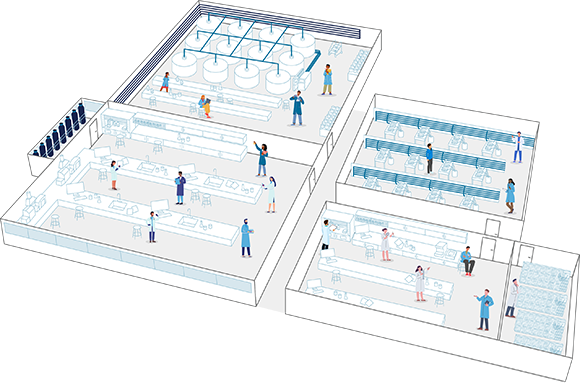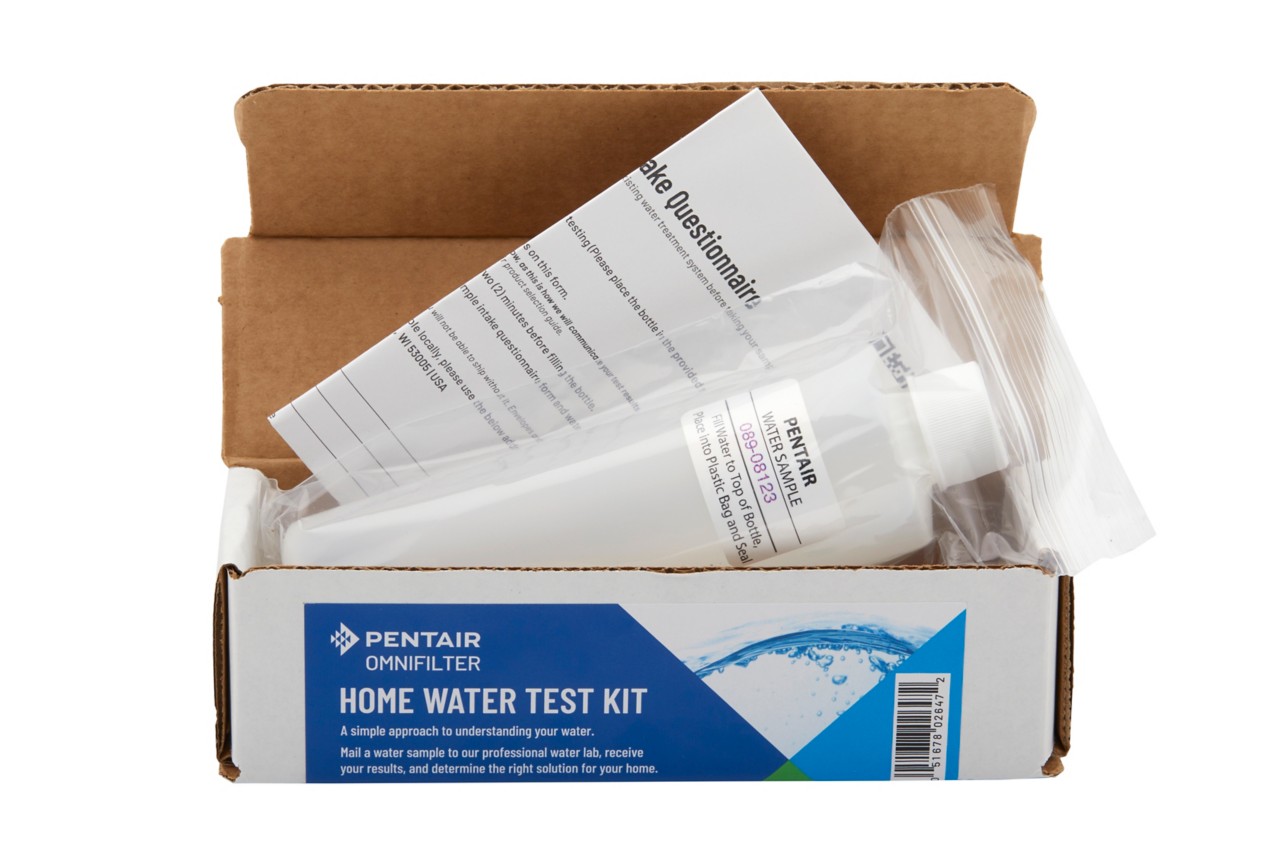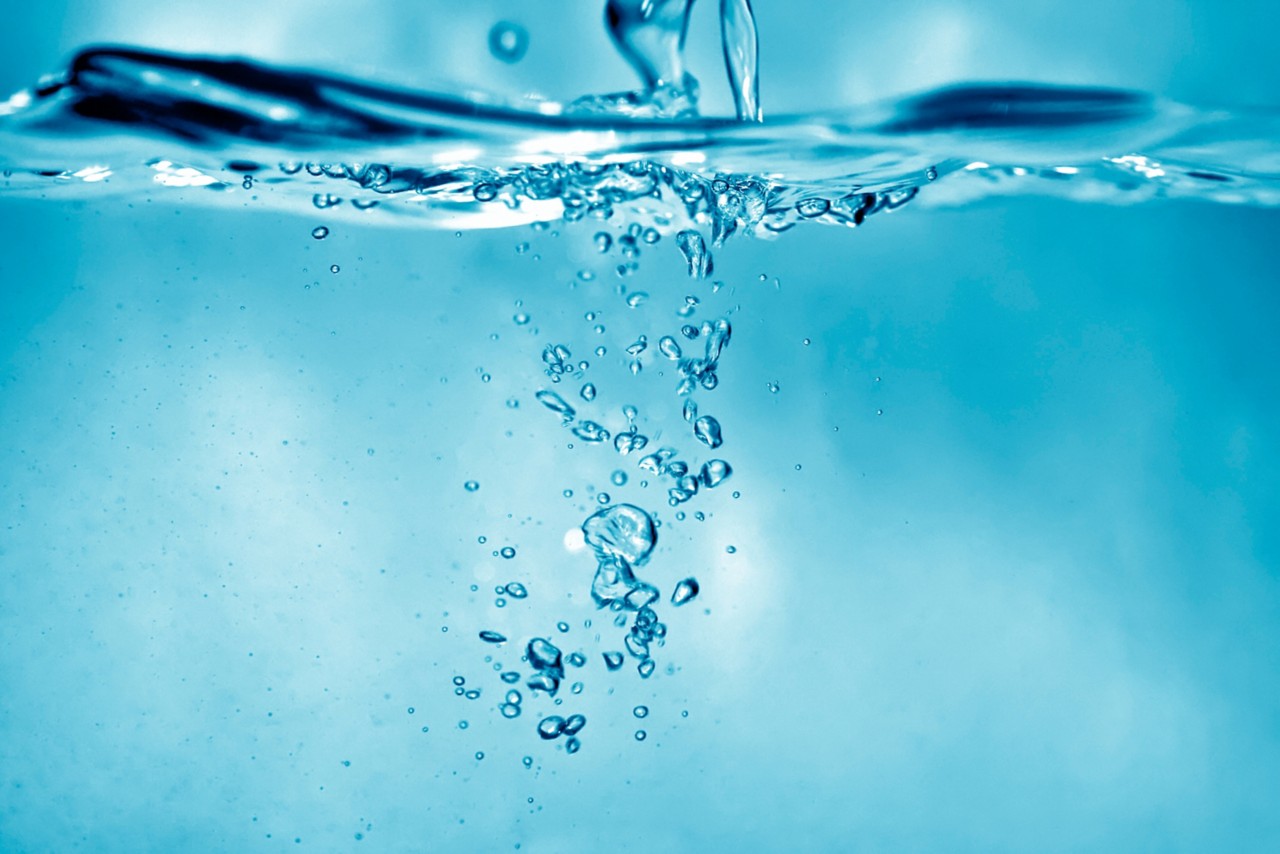Acid rain is a general term used to describe any precipitation containing sulfuric or nitric acid. Caused primarily by human activity, acid rain can have a devastating effect on ecosystems by altering the pH of lakes, ponds, rivers, and streams.
Causes of Acid Rain
A small amount of acid rain occurs naturally, originating in sources such as volcanic eruptions. The majority, however, comes from the burning of fossil fuels.
When released into the environment, sulfur dioxide and nitrogen oxide is transported by the wind and air currents. The compounds react with water, oxygen, and other airborne substances to form sulfuric and nitric acid, which eventually falls back to the ground, often dissolved in raindrops.
Acid rain is a global, not local, problem. Once airborne, sulfuric and nitric acid can travel great distances, so the industrial emissions of one country can have a negative effect on another nation’s environment.
Types of Acid Deposition
While commonly called acid rain, some scientists prefer the term acid deposition, as rain is not always involved in the spread of acidic compounds. Fog, snow, and hail can also be acidic. Airborne acids can also settle back to the ground without moisture as acidic dust.
We are water Experts
Water quality is non-negotiable. To prove it, we've built state-of-the-art water quality labs and filled them with the best and brightest scientists — all so we can provide you with the best water of your life.

Acid Rain and the Environment
A substance’s acidity is measured using the pH level, which ranges from 0 (highly acidic) to 14 (highly alkaline). A pH of 7.0 is considered neutral.
You might expect rain to have a neutral pH, but the presence of dissolved carbon dioxide typically gives rain a pH of 5.6, making it slightly acidic. Add in sulfuric and nitric acids, however, and rain’s acidity drops as low as 4.2 to 4.4.
Once it hits the ground, acid rain drains through the soil. Its acidic properties allow it to strip minerals, nutrients, and aluminum out of the ground, ultimately depositing them in water systems.
An increase in acidity may devastate an ecosystem. At pH levels of 5.0, the eggs of most fish species fail to hatch. At levels more acidic than 5.0, adult fish start to die. Plants and trees, starved of nutrients because of acid rain, can also wither and die.
Even in environments with acidic-resistant plants and animals, acid rain may still cripple an ecosystem by removing vital parts of the food chain. For instance, a species of fish may be acid-tolerant, but if the insects that species eats are killed off by low acidity, the fish population will collapse.
Acid Rain and Humans
Acid rain’s ability to leach minerals into water supplies also increases the risk of hard water, which can damage a home’s plumbing and water-based appliances.
What's in your water?
start here
Worried about your water? Take control with our at-home water test kit. We'll analyze your water and recommend the best filtration or softening solution for your specific needs.


Water 101
Unleash the secrets of your H2O! Explore where water originates and discover the various water filtration solutions that transform it into drinkable water.
Related Articles

Benefits of Using a Water Treatment Service for Your Home
The journey from “hmm, my water tastes weird to complete…

Water Based Home Maintenance Checklist
Are you compiling your home maintenance checklist? Don’t neglect…

5 Service Tips for Your Home
As a homeowner, you know about the basics of routine...
Disclaimer: The information on this website has not been reviewed by the FDA. Products offered for sale herein are not intended to treat, cure or prevent any disease or health condition. No medical claims are being made or implied. Contaminants mentioned are not necessarily in your water.




